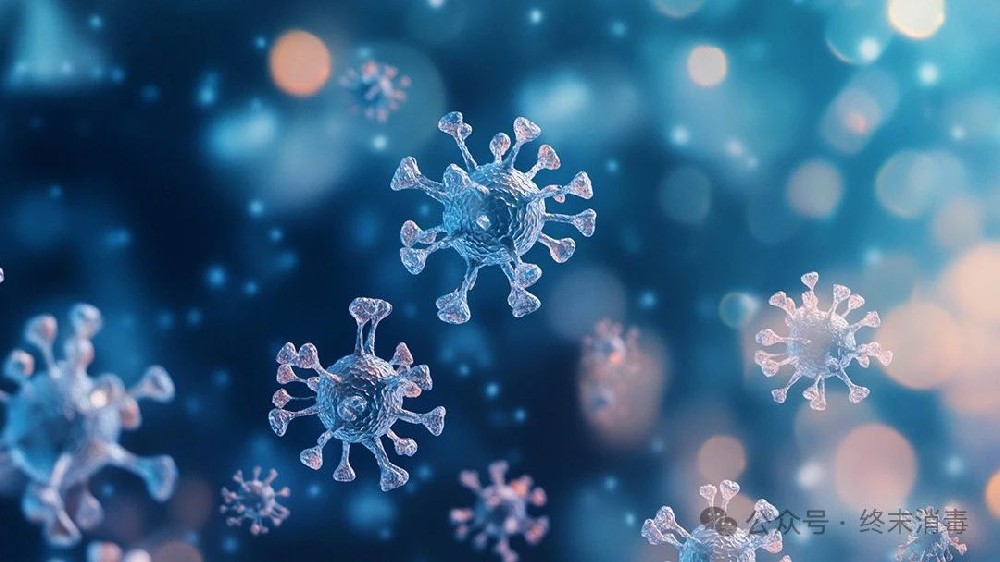Chemical disinfection factors – phenolic compounds | pharmaceutical factory disinfection laboratory disinfection medical disinfection services
- Addtime: 2025-07-25 / View: 120
Disinfection knowledge explanation series
Chemical disinfection factors – phenolic compounds

In the arena of chemical disinfection, phenolic compounds have occupied a place with their unique bactericidal ability. Phenol, cresol, parachloro-meta-xylenol and trichlorohydroxydiphenyl ether, these “phenols” have their own magical powers.
Phenol can be called the “old predecessor” of phenol disinfection. It can denature bacterial cell proteins and destroy cell membrane structure, thereby achieving the purpose of sterilization. In the early days of medical development, it was used for surgical instruments and environmental disinfection. However, phenol is highly corrosive and has a pungent smell. Today, its use scenarios are gradually decreasing, but it still exists in specific industrial disinfection fields.
Cresol is a “close relative” of phenol and has better bactericidal ability. The cresol soap solution (commonly known as Lysol) formed by the mixture of its isomers was once a disinfection star in homes and hospitals. Cresol destroys the cell membrane of microorganisms, making bacteria unable to “survive”, but because of its special smell and irritation to the skin, it needs to be used with extra caution.
Parachloro-meta-xylenol (PCMX) is now a “net celebrity” in the disinfection of daily necessities. It is safer and has a wide spectrum of bactericidal activity, and is often found in hand sanitizers, disinfectants, and clothing disinfectants. PCMX can destroy bacterial cell membranes and enzyme systems, effectively inhibiting common pathogens such as Escherichia coli and Staphylococcus aureus, and bringing peace of mind to our lives.
Triclosan is widely used in personal care products such as toothpaste and shower gel due to its high efficiency and broad-spectrum antibacterial properties. It can interfere with the fatty acid synthesis of bacteria and inhibit bacterial growth from the source. However, studies in recent years have found that it may affect the ecological environment and human hormone balance, and its scope of use is subject to certain restrictions.
Although these phenolic disinfection factors all have the “ability” to disinfect, they must be strictly followed when used. Different concentrations and different scenarios correspond to different phenolic disinfectants, and they must not be used blindly. Only by understanding their characteristics can these “phenolic” heroes better protect our health.
-
-
Previous: Chemical disinfection factors – alkyl compounds | pharmaceutical factory disinfection laboratory disinfection medical disinfection services
Next: Chemical disinfection factor – quaternary ammonium salt compounds | pharmaceutical factory disinfection laboratory disinfection medical disinfection services -












